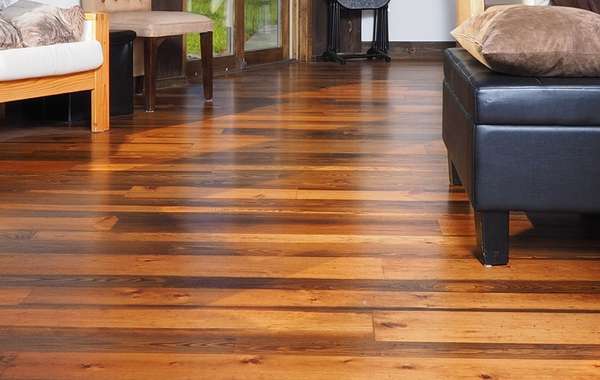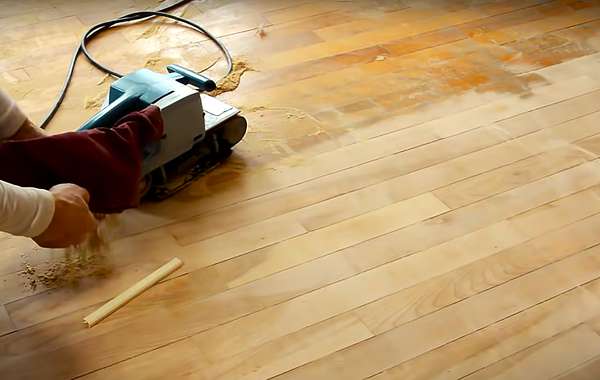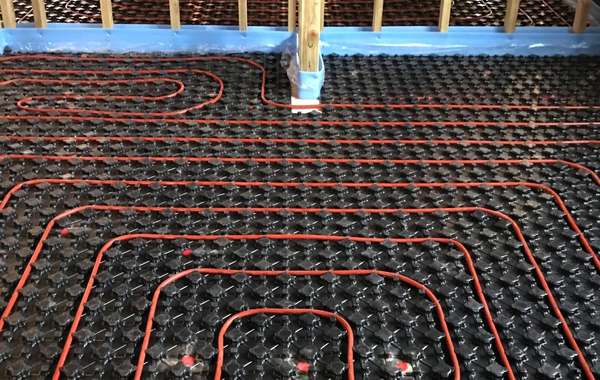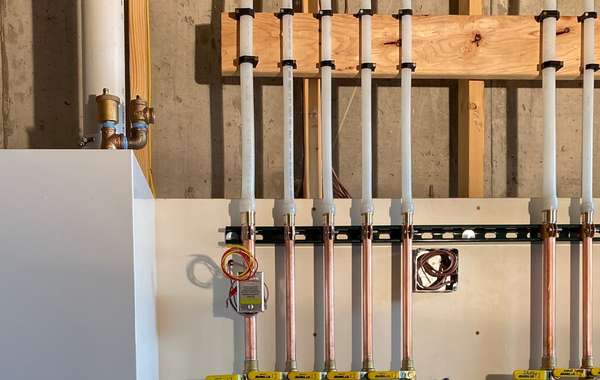What type of wood can be installed on a radiant floor?
We are starting construction of our new house shortly, with the basement it will be 3 stories, we will have hot water radiant floor heating on all three levels as our main heat source. We don’t want ceramic or polished concrete, is there a particular type of wood that works best and that won’t warp from the heat?






















Installing a radiant floor under wood works fine, but here are some considerations:
The best flooring materials with a radiant floor:
Inert materials such as ceramic, stone or concrete are the best from the point of view health and effectiveness, they have the quickest heat transfer and they don’t contract and expand with changes in temperatures. Installing a wooden floor is not a problem, but as you suspected, you will need to be careful about product selection.
Radiant floor performance with wood:
There will be a small difference in heat delivery with a wood floor, wood is about R1 per inch, so it will slow the heat transfer slightly. You would notice this most if the floor is dead cold and you activate it, as it will take a little longer to get up to temperature than it would if it were masonry or concrete. But if you keep your house at a balanced temperature you wouldn't experience any discomfort.
And since the heat is inside the insulated building envelope, it will eventually find its way to the air. So don’t concern yourself worrying about a lack of efficiency as some installers suggest, the heat will get there eventually. If you’re not a big fan of really ‘hot’ floors, wood will actually add to your comfort as the heat transfer is not as noticeable.
For your above grade floors, some heat will be lost downwards, but this is not a problem as it will simply be adding heat to the room below. What is important, is to have sufficient insulation below the basement slab floor. The greater the temperature differential between the floor and the ground below, the greater the rate of heat loss will be. Therefore, heating a floor is not a reason not to insulate it, that is a reason to insulate it even more.
While Building Code will let you get away with less, we would not recommend heating a slab on grade in any Canadian climate with any less than four inches of foam insulation. Six inches and sometimes more, depending on your specific climate, would save you energy and money in the long run.
As for damage to the wood with radiant heat:
It is important to first check with the manufacturer of the flooring you are considering to find out if any warranty is still valid when installed over a radiant heating system. The floor must be able to expand and contract without cracking due to changes in relative humidity.
Some hardwood species perform reasonably well in this capacity, but we would recommend that you first consider engineered hardwood for added durability. Some bamboo or cork flooring materials are also suitable. Be conscious of the chemical make-up of the finish, heating wood with VOCs increases the rate of off-gassing. To sum all that up, our choice for wood on top of a radiant heat source would be an FSC-certified, pre-finished engineered wood with low or zero VOCs.